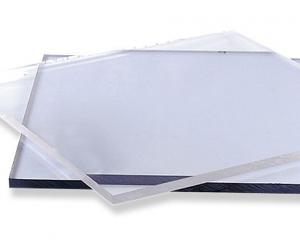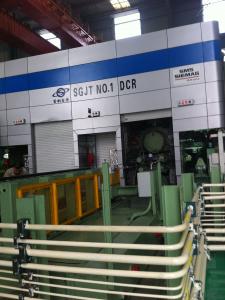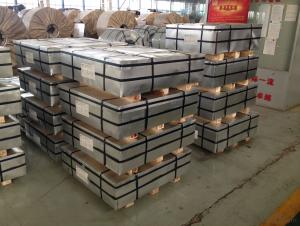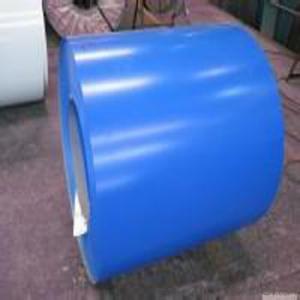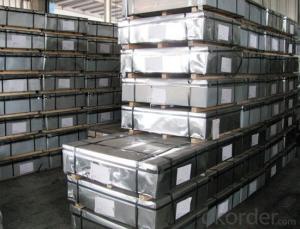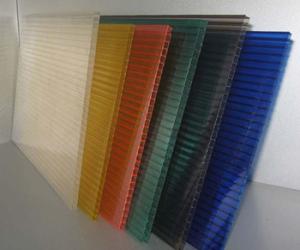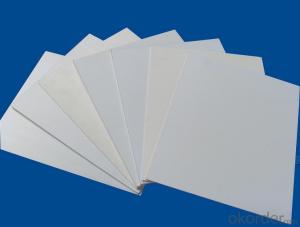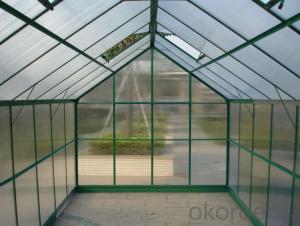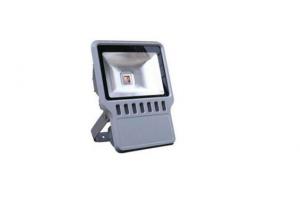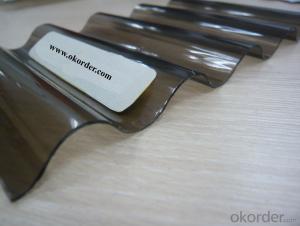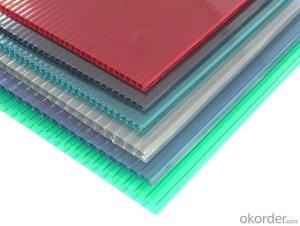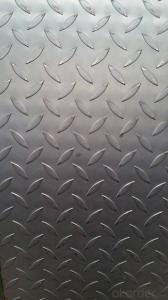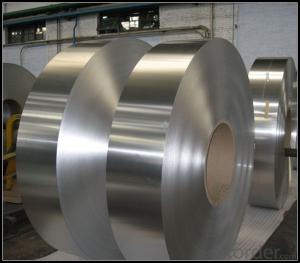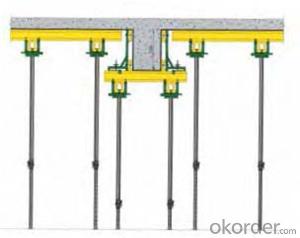Polycarbonate Sheets Dubai
Polycarbonate Sheets Dubai Related Searches
Aluminum Plate With Holes Fridge With Freezer On Bottom Bathrooms With Vessel Sinks Blu Ray Player With Speakers Lenses Compatible With Canon Stainless Steel Pepper Mill Light Bond Plus Aluminum Transparent Roofing Sheets In Sri Lanka 24 X 50' Aluminum Trim Coil Aluminum Trim Coil 24 X 50Hot Searches
Plastic Sheets For Sale Eps Foam Sheets For Sale Grp Sheets For Sale Granite Sheets For Sale Styrofoam Sheets For Sale Starboard Sheets For Sale Styrofoam Insulation Sheets Price 8X4 Plywood Sheets Price Aluminium Scaffold Planks Sale Aluminium Walkway Mesh Prices Precast Concrete Walls Cost Buy Roofing Sheets Online Plywood Sheets Prices Melamine Laminate Sheets Suppliers Hpl Sheets Suppliers Buy Cubicle Walls 1 8 Aluminum Plate Home Depot 1/2 Inch Aluminum Plate Near Me 1/4 Inch Aluminum Plate Near Me Aluminum Trim Coil Near MePolycarbonate Sheets Dubai Supplier & Manufacturer from China
Okorder.com is a professional Polycarbonate Sheets Dubai supplier & manufacturer, offers integrated one-stop services including real-time quoting and online cargo tracking. We are funded by CNBM Group, a Fortune 500 enterprise and the largest Polycarbonate Sheets Dubai firm in China.Hot Products
FAQ
- The safety regulations for using tinplate in food packaging vary depending on the country. However, generally, tinplate used for food packaging should comply with regulations set by food safety authorities such as the FDA in the United States or the European Food Safety Authority in the European Union. These regulations typically cover aspects such as the use of food-grade coatings, absence of harmful substances, and compliance with specific testing and labeling requirements. It is important for manufacturers to ensure that tinplate used in food packaging meets these safety regulations to ensure the protection of consumers' health.
- Common testing methods for tinplate include visual inspection for surface defects such as scratches or dents, measurement of thickness using a micrometer or caliper, evaluation of coating adherence through tape or cross-hatch adhesion tests, assessment of corrosion resistance via salt spray or humidity tests, and determination of mechanical properties like tensile strength or elongation through tension tests.
- Tinplate is recycled through a process called steel recycling, where it is separated from other materials and melted down to be reused. The recycling rates for tinplate vary globally, but on average, it has a recycling rate of around 80%.
- The purpose of tinplate coating is to provide a protective layer of tin on steel or iron surfaces, which helps prevent corrosion and enhance the appearance of the metal.
- The common forms of corrosion that affect tinplate include tin oxide corrosion, tin pest, and electrochemical corrosion.
- The main factors influencing the price of tinplate include the cost of raw materials, particularly tin and steel, as well as supply and demand dynamics in the market. Other factors such as production and manufacturing costs, fluctuations in currency exchange rates, and global economic conditions can also impact tinplate prices. Additionally, government policies and regulations related to trade, tariffs, and environmental standards can influence the price of tinplate.











